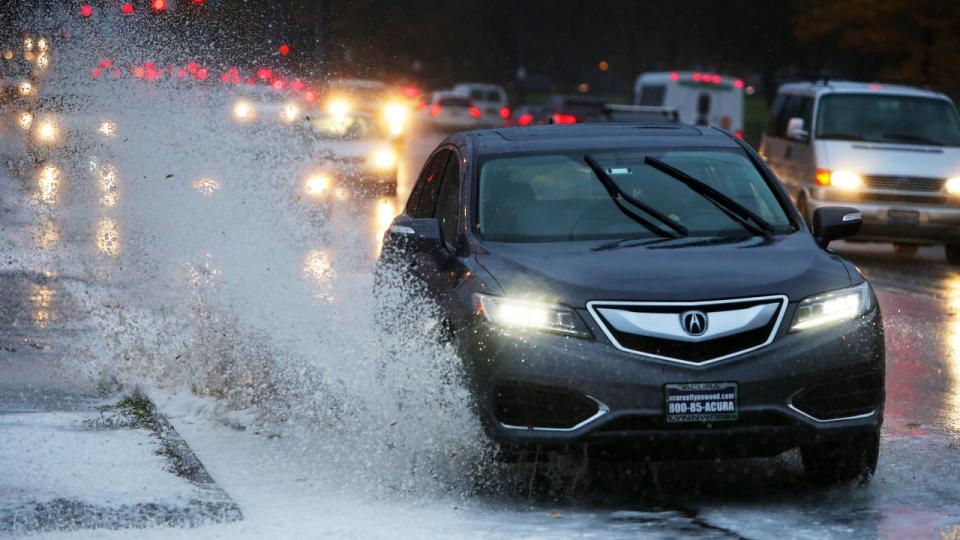NOAA: Strong likelihood of La Niña conditions emerging within next month
The National Oceanic and Atmospheric Administration (NOAA) issued an alert indicating a probable shift from El Niño to La Niña conditions within the next month.
According to NOAA's latest advisory, there were below-average equatorial sea surface temperatures (SSTs) in certain regions of the eastern Pacific Ocean during April, while above-average SSTs persisted across the rest of the equatorial Pacific.
In April, NOAA reported "below-average subsurface temperatures held steady during the month with negative anomalies extending from the Date Line to the eastern Pacific Ocean. It also reported "low-level wind anomalies were easterly over the western equatorial Pacific, while upper-level winds were near average." Overall, NOAA said convection was near average across the equatorial Pacific Ocean and Indonesia, and the ocean-atmosphere system reflected the continued weakening of El Niño and transition toward La Niña.
The latest forecast from NOAA's International Research Institute (IRI) suggests an imminent transition to ENSO-neutral, with La Niña developing July through September and then persisting through the Northern Hemisphere winter.
The forecast team leans towards dynamical model guidance, which indicates a possibility of La Niña forming within the next month, with a 49% chance of developing June through August and a 69% chance of developing July through September.
La Niña typically follows strong El Niño events which NOAA says "lends further credence to the model's predictions."
During normal conditions in the Pacific Ocean, trade winds blow west along the equator, taking warm water from South America towards Asia. However, during La Niña climate patterns cold water in the Pacific pushes the jet stream northward. This pattern tends to lead to drier weather in the southern U.S. and heavy rains and snow in the Pacific Northwest.

How do El Niño and El Niña weather patterns affect Seattle weather?
El Niño is often linked to warmer, drier conditions in the Pacific Northwest during winter, whereas La Niña is associated with increased probabilities of cold, wet weather during winter.
The next ENSO Diagnostics Discussion is scheduled for June 13, 2024.
MORE NEWS FROM FOX 13 SEATTLE
'Do the right thing': WA AG Ferguson urges 2 other Bobs to drop out or face criminal charges
University of Puget Sound bans student organization over protest
Seattle police searching for suspect who stabbed man to death at Capitol Hill station
Washington traffic deaths reached 33-year high in 2023
FOX 13 Seattle viewers submit amazing Northern Lights pics
To get the best local news, weather and sports in Seattle for free, sign up for the daily FOX 13 Seattle newsletter.

